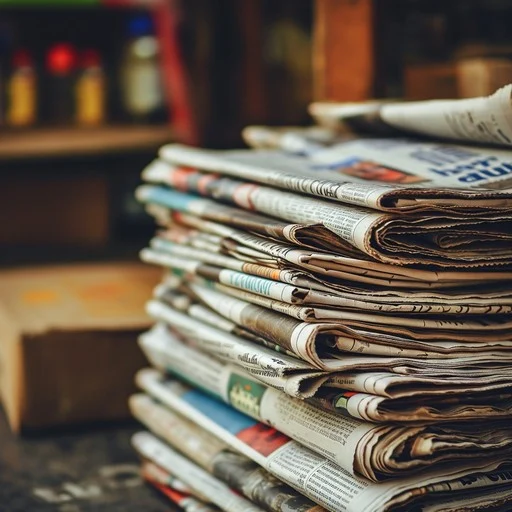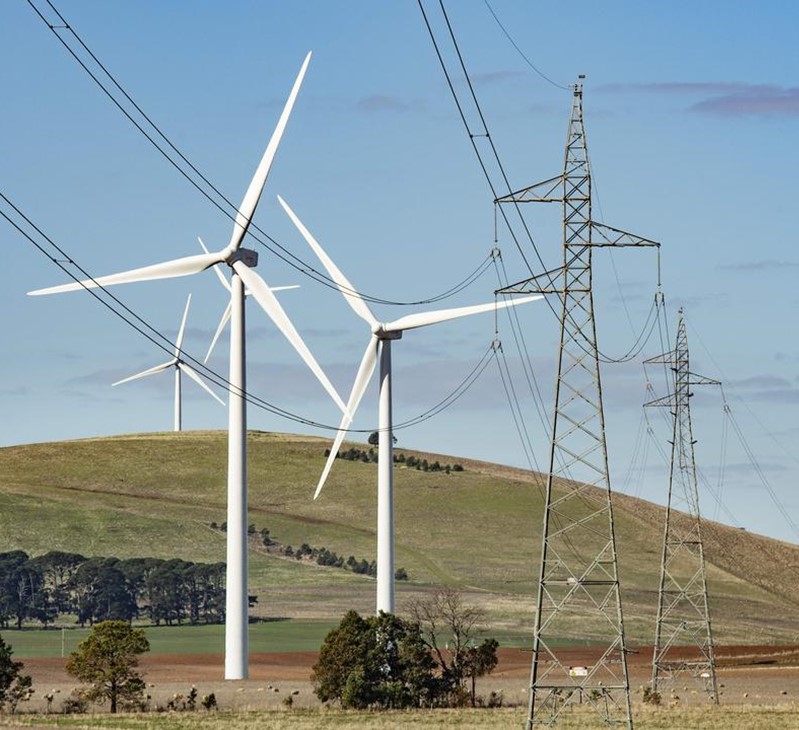Protests and the media
12
September
2024
1
min read

Covering a protest presents an array of challenges for media crews, particularly in today’s fast-paced news cycle. Our resident experts share their experience.
This week, Melbourne has seen horrendous and violent protests – dozens of police officers were injured; almost 50 arrests were made.
Extensive information and pictures were shared from dawn across newspapers, radio, online and television coverage… all brought to us via journalists on the ground.
So, when covering a protest, what does a journalist look for and how do they protect themselves?
Preparation
Once you know you’ve been assigned to a protest, you may make enquiries with Police, relevant event coordinators, the State Government, public transport authorities and protest organisers.
We’re seeking to gather information that can be shared, such as the groups participating in the protest, the resources being deployed, how businesses and workers may be affected and how transport may be disrupted.
Live Reporting
A protest of the scale that we saw this week is a lot of work: you may be reporting into rolling television coverage for hours – on standby for a live cross every half hour, while also preparing a story package for the evening bulletin, or required to file regular stories for the radio news or cross into programs, or file online copy in real time. You’re also often posting content to social media accounts, filing for your employer's Instagram, Twitter and Facebook pages.
This is all done as you’re walking from position to position while juggling technical equipment, constantly on the phone to your newsdesk and producer --- the sneakers and suit look is all the rage.
As well as live updates, you are gathering interviews with protesters and regularly sending information and pictures back to the newsroom, which – for TV news – producers and editors spend the day combing through to find the best pictures to tell the story.
Finding people to interview
Unfortunately, reporters are often abused and yelled at during protests, so you have to have a thick skin for the job. However, there are some protesters who are happy to be identified and publicly share their views.
Simply asking people on the ground if they’d like to comment is how reporters collect interviews. Protest organisers and spokespeople often provide their contact details to newsrooms so an interview can be pre-arranged.
Staying safe
Safety can be difficult at a protest for journalists. In an evolving situation where protesters and Police are changing tactics, the media must stay on the move too. Sometimes, there's no safe place to stand.
You are watching your back and the backs of your work mates. Photographers and camera operators have no peripheral vision while capturing pictures through a lens.
Some media outlets now hire security guards to accompany journalists and crews at protests because they can be very intense events.
Responsibility to report all angles
As a journalist, you have a responsibility to include different views, which is why we saw Victoria Police’s Chief Commissioner, the Police Union Secretary, business representatives, political leaders, protest organisers and attendees all featured in coverage.
The newsroom
The coverage of such an event involves an enormous amount of teamwork.
Chiefs of Staff oversee logistics. For TV news, for example, this includes sending camera operators to different locations, ensuring they have access to equipment and internet signals to send back pictures, and liaising with other newsrooms if there’s a need to ‘pool’ – that is, to share or swap vision with other networks so all entrances/streets are covered. As news resources shrink due to budget cuts, networks often don’t have enough camera crews to cover every angle, so pooling is necessary. If crews encounter a problem in the field that affects their work, the Chief of Staff is their first port of call.
The stories filed at the end of the day or shift are checked by senior staff. That can include sub-editors, producers and newsroom bosses. Sometimes a journalist may not get back to the newsroom to file and will rely heavily on a producer to pull the story together which they might voice while on the road.
3
December
2025

Why there's still a place for the press release
Read news article
3
December
2025

Why there's still a place for the press release
Download White Paper
27
November
2025
.jpeg)
Celebrating 2025
Read news article
27
November
2025
.jpeg)
Celebrating 2025
Download White Paper






